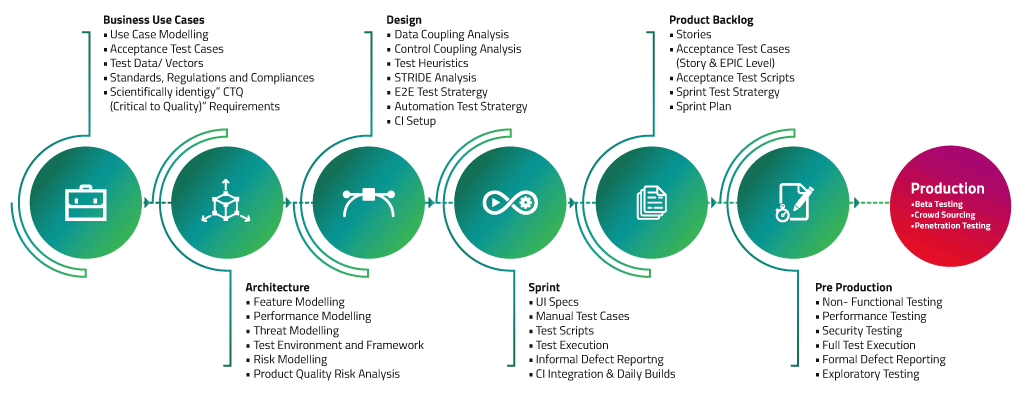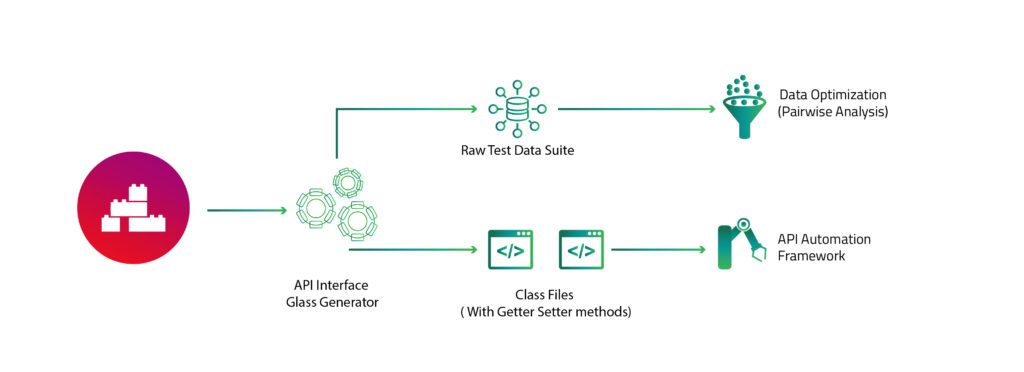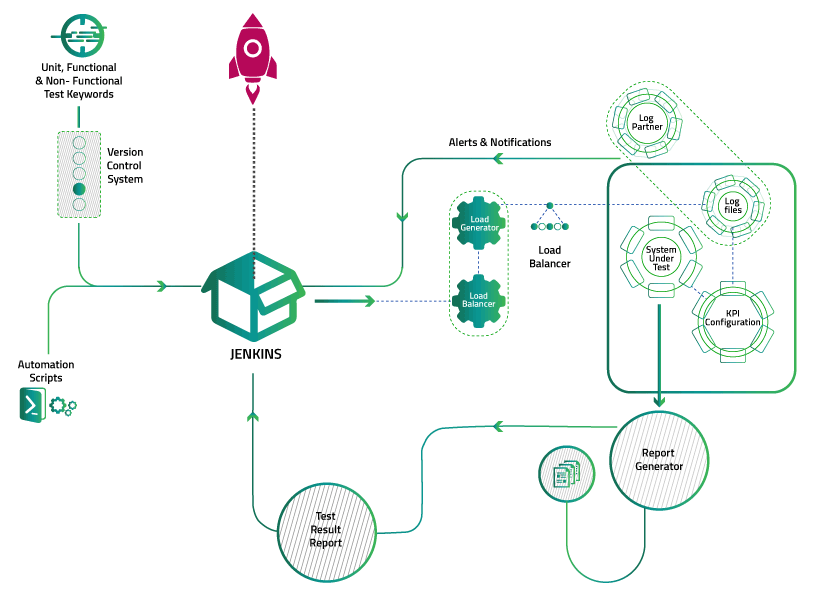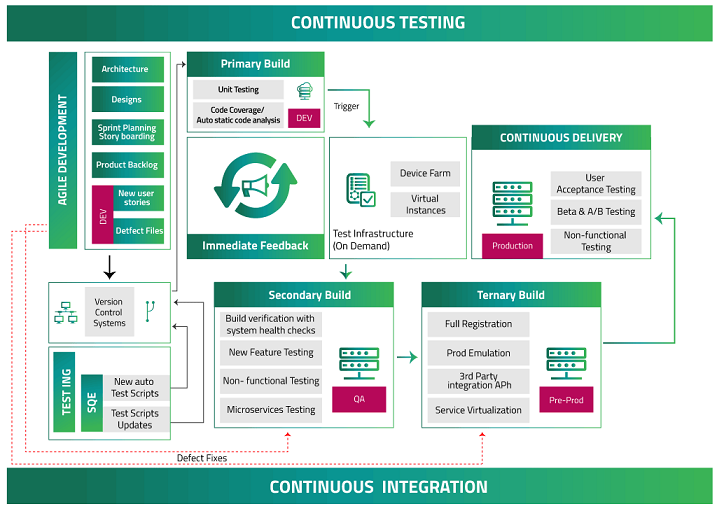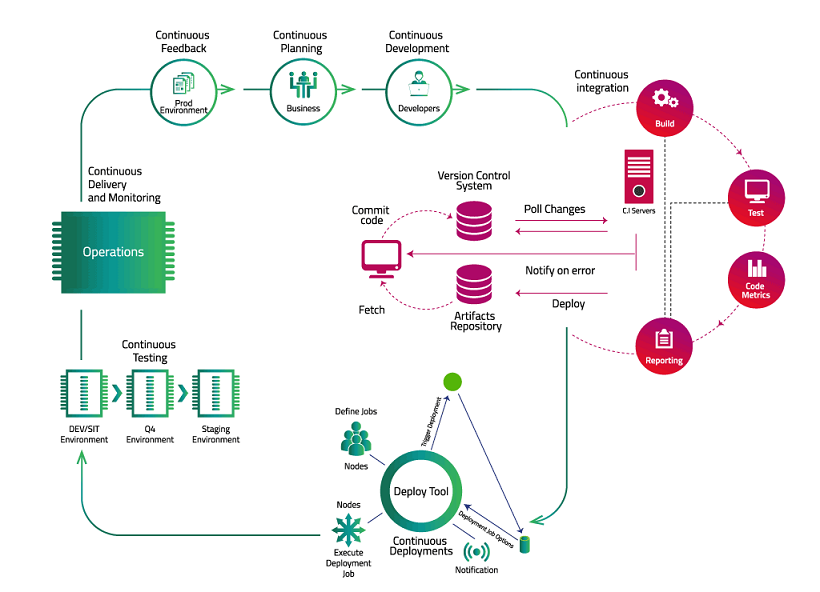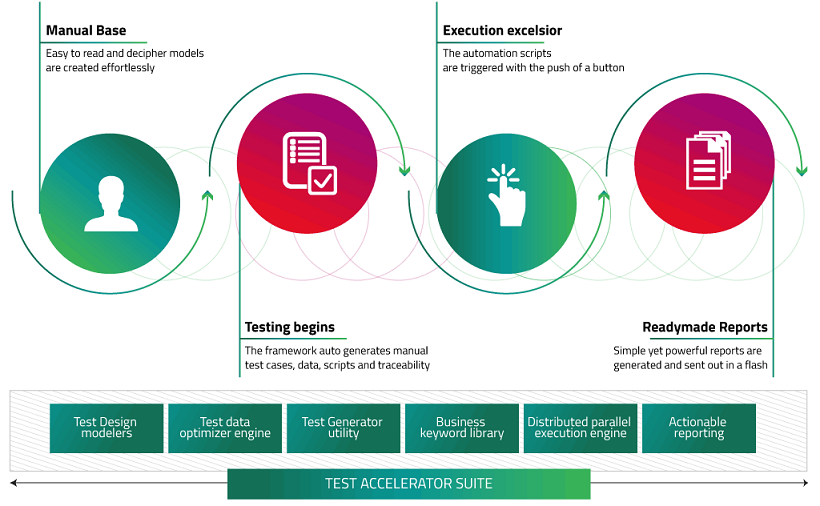At Happiest Minds Technologies, we have been researching and developing solutions to make quality engineering more effective and efficient, without any increase in the existing process, documentation or manpower overheads. In this journey, we explored agile, lean and six sigma models in depth and devised accelerators to automate all the quality assurance and control processes from vertical slicing of feature stories to auto-generation of test cases and scripts while capturing the right metrics and providing early risk assessment.
Our Test Design Automation solutions helped tremendously in defining ‘Just In Time’ quality for our clients and our very own 90 Day Plan to Transform your Test Automation enabled the streamlining & optimizing of the engineering workforce with a strong focus on superior quality right from the start.
We pioneered a model based test approach and are continuously evolving to help customers migrate their legacy test artifacts to a leaner, meaner and effective repository ensuring the current-state to future-state migration is defect free and smooth. We believe in the openness of quality management systems and our automation accelerators can be directly plugged in into any legacy Test Management Systems.





